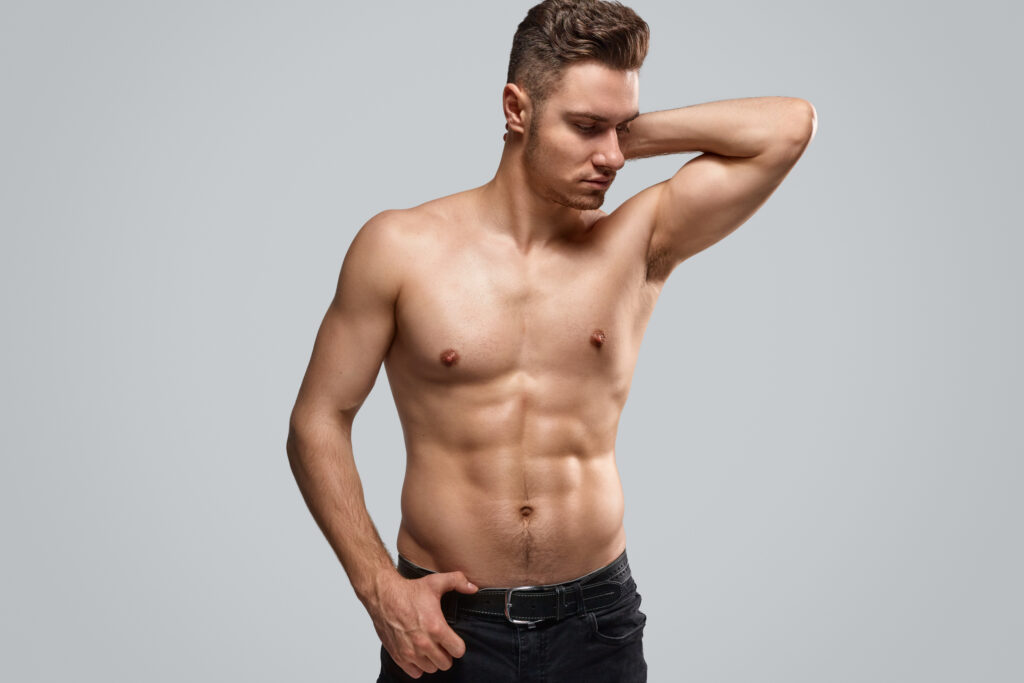I’ll provide an explanation on why some six pack abs might not look aesthetically pleasing or “bad” to some individuals.
Achieving six pack abs is a combination of building the rectus abdominis muscle and reducing body fat to a level where the muscle becomes visible. However, not all six pack abs look the same due to several reasons:
- Genetics: The shape, symmetry, and alignment of your abs are largely determined by genetics. Some people naturally have uneven or asymmetric abs. Just like any other feature on our bodies, genetics play a role in determining how our muscles are structured. While you can increase the size of your ab muscles with exercise, you can’t change their inherent configuration.
- Body Fat Distribution: Everyone stores and loses fat differently due to their unique genetics. Some might still have small pockets of fat covering their abs even after reaching low body fat percentages. This can make the abs look uneven or less defined in certain areas.
- Muscle Development: If someone focuses solely on their rectus abdominis and neglects the surrounding core muscles, it can make the six pack look disproportionate or out of balance. The obliques, serratus anterior, and the deeper core muscles all play a role in the overall appearance of the midsection.
- Skin Quality: Factors like rapid weight loss, age, or skin elasticity can affect the skin’s appearance over the abs. Loose or sagging skin, or even stretch marks, can overlay the muscles, making them appear less defined.
- Dehydration or Over-Depletion: Sometimes, in an attempt to make their abs pop, individuals might dehydrate themselves or reduce their carbohydrate intake drastically. While this can temporarily make the muscles more defined, it can also make the skin look dry, flat, and less vibrant.
- Past Surgeries or Injuries: Scars, hernias, or past surgical procedures in the abdominal area can change the appearance of the abs.
While achieving six pack abs is a commendable fitness goal, it’s essential to understand that genetics, individual body fat distribution, muscle development, skin quality, and other factors can influence their appearance. It’s crucial to focus on overall health and fitness rather than just aesthetics. Remember, everyone’s six pack will look different, and that’s perfectly okay!

